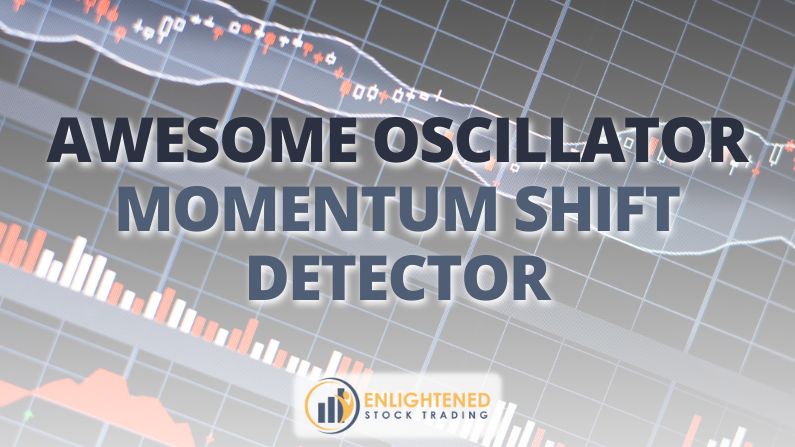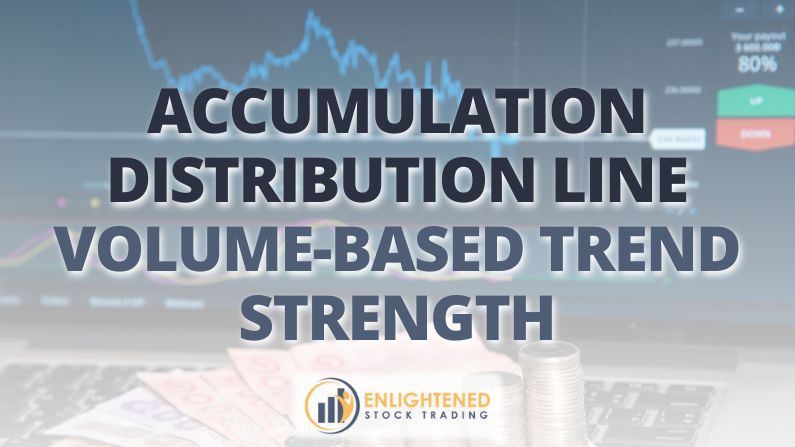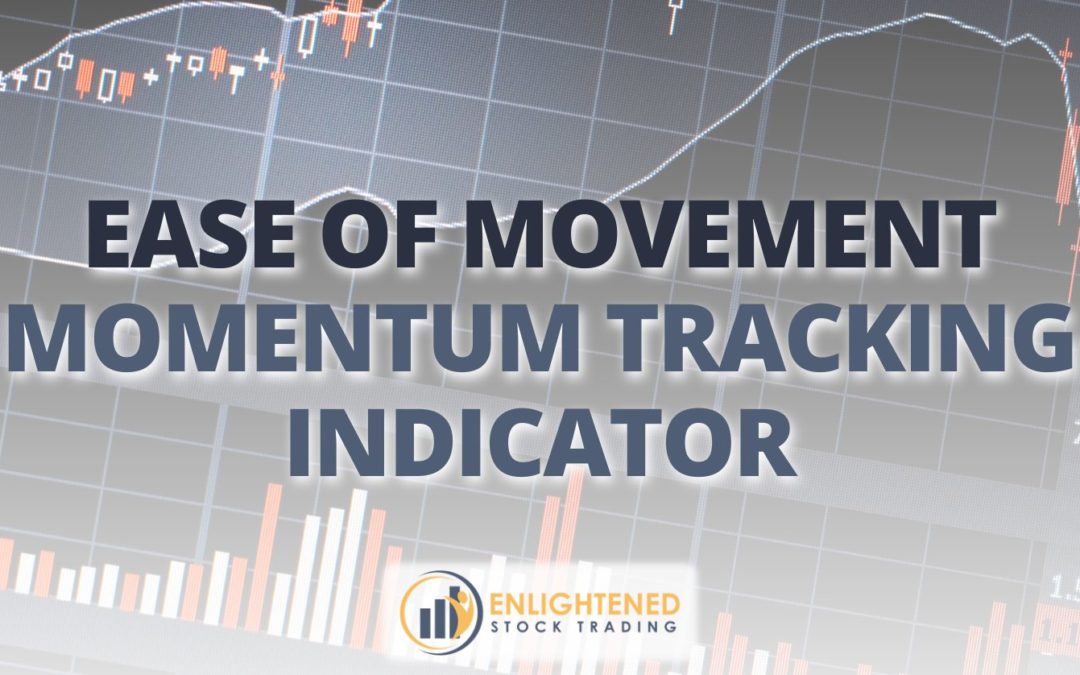Having access to the right tools can mean the difference between success and failure. Trading indicators, essential elements of technical analysis, offer traders valuable insights into market behaviour and future price movements. This article provides a comprehensive overview of trading indicators, explaining their importance, types, and how they can be effectively used to enhance trading strategies.
What are Trading Indicators?
Trading indicators are mathematical calculations based on price, volume, or open interest of securities. These tools transform raw market data into actionable insights, helping traders identify potential patterns, trends, and volatility. By providing a visual framework on trading charts, indicators aid in understanding market sentiment and forecasting future price movements.
Types of Trading Indicators
Trading indicators are categorized based on the market aspects they analyze. Here are some of the primary types:
1. Trend Indicators
2. Momentum Indicators
3. Volume Indicators
4. Volatility Indicator
5. Oscillators
6. Pivot Point Indicators
The Importance of Trading Indicators
Trading indicators provide a quantifiable approach to assessing markets, which introduces objectivity into trading decisions, reducing emotional biases. They allow traders to transform raw data into structured formats that are consistently applicable across different trading scenarios. This objective framework helps in making informed, disciplined trading decisions.
Integrating Indicators into Trading Strategies
While no single indicator guarantees success, combining multiple indicators that complement each other can form a robust analytical framework. This integration helps confirm signals and reduce the likelihood of false positives. For instance, combining a trend indicator with a momentum indicator and a volume indicator can provide a more reliable analysis than using any single indicator by itself.
Conclusion
Trading indicators are pivotal in creating effective trading strategies. They not only help in identifying and confirming trends but also in managing risks and improving the decision-making process. However, it is crucial for traders to understand that these tools should be part of a comprehensive trading system that includes thorough backtesting and a disciplined implementation strategy. By embracing a systematic approach and continually refining their strategies based on indicator feedback, traders can enhance their ability to achieve consistent profitability in the markets. Remember, successful trading is not about finding a magic tool but about integrating various tools into a coherent, tested trading plan.












